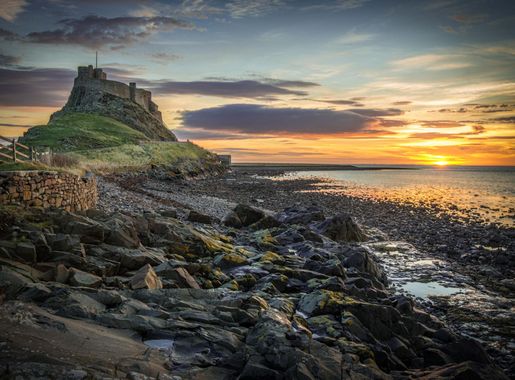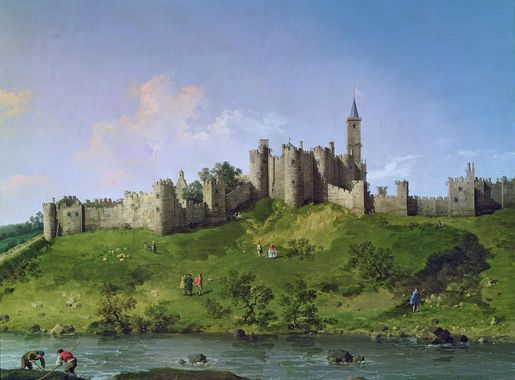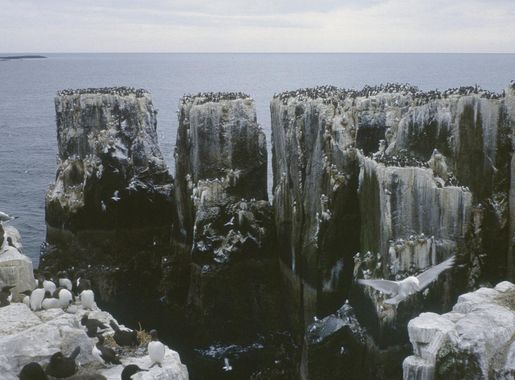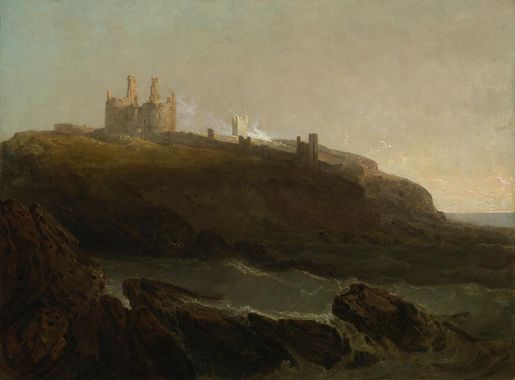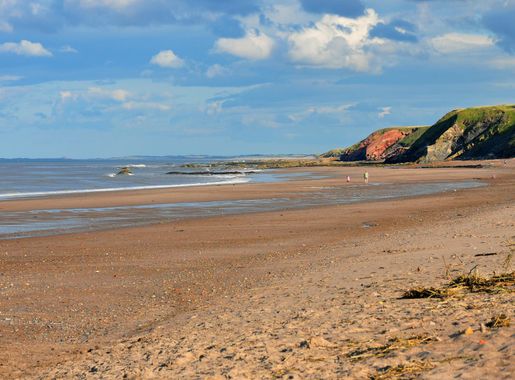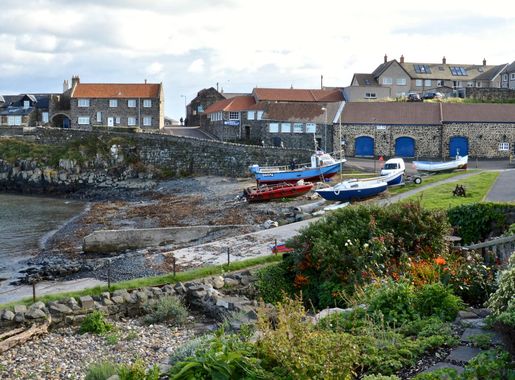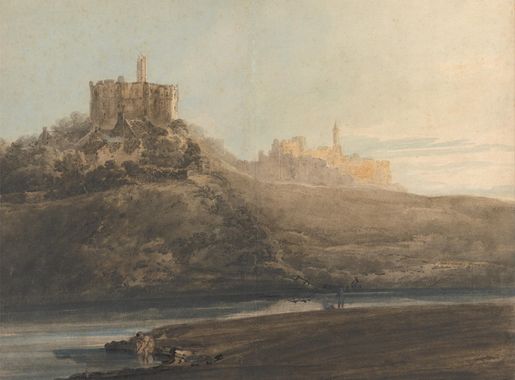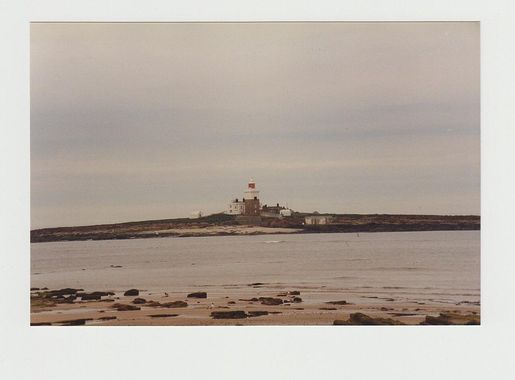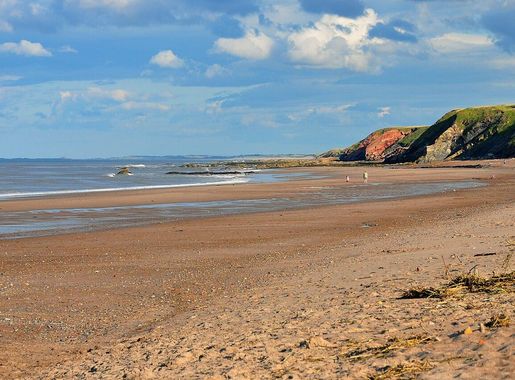
The Timeless Beauty of Northumberland Coast
Discover Northumberland Coast: A blend of stunning beaches, ancient castles, and vibrant wildlife along the UK's picturesque coastline.
The Northumberland Coast, located in the United Kingdom, is a stretch of stunning natural beauty and rich history. This coastal region is known for its picturesque landscapes, golden sandy beaches, and quaint villages. The coastline is dotted with ancient castles, such as Bamburgh and Dunstanburgh, which offer a glimpse into the area's storied past. Visitors can explore the ruins and imagine the medieval life that once thrived here. Nature lovers will find the Northumberland Coast a haven for wildlife. The Farne Islands, just off the coast, are home to a variety of seabirds, including puffins and Arctic terns, as well as grey seals. Boat tours to these islands are a popular activity, providing a close-up view of the remarkable fauna. The coastal path, part of the Northumberland Coast Path, offers scenic walks with breathtaking views of the North Sea and opportunities to spot marine life. The region is also a food lover's paradise. Fresh seafood is a highlight, with local specialities such as Craster kippers and Lindisfarne oysters. The charming fishing villages, like Seahouses and Amble, boast excellent seafood restaurants where visitors can enjoy the catch of the day. The Northumberland Coast's blend of natural beauty, historical intrigue, and culinary delights makes it a must-visit destination.
Local tips in Northumberland Coast
- Visit during spring or early summer for the best wildlife viewing opportunities, especially for seabirds on the Farne Islands.
- Pack layers and waterproof clothing as the weather can be unpredictable along the coast.
- Try the local seafood delicacies, especially the Craster kippers and Lindisfarne oysters, for an authentic taste of the region.
- Book boat tours in advance, as they can fill up quickly, especially during peak seasons.
- Explore the coastal path for stunning views and a peaceful walk away from the crowds.
The Timeless Beauty of Northumberland Coast
The Northumberland Coast, located in the United Kingdom, is a stretch of stunning natural beauty and rich history. This coastal region is known for its picturesque landscapes, golden sandy beaches, and quaint villages. The coastline is dotted with ancient castles, such as Bamburgh and Dunstanburgh, which offer a glimpse into the area's storied past. Visitors can explore the ruins and imagine the medieval life that once thrived here. Nature lovers will find the Northumberland Coast a haven for wildlife. The Farne Islands, just off the coast, are home to a variety of seabirds, including puffins and Arctic terns, as well as grey seals. Boat tours to these islands are a popular activity, providing a close-up view of the remarkable fauna. The coastal path, part of the Northumberland Coast Path, offers scenic walks with breathtaking views of the North Sea and opportunities to spot marine life. The region is also a food lover's paradise. Fresh seafood is a highlight, with local specialities such as Craster kippers and Lindisfarne oysters. The charming fishing villages, like Seahouses and Amble, boast excellent seafood restaurants where visitors can enjoy the catch of the day. The Northumberland Coast's blend of natural beauty, historical intrigue, and culinary delights makes it a must-visit destination.
When is the best time to go to Northumberland Coast?
Iconic landmarks you can’t miss
Bamburgh Castle
Explore Bamburgh Castle, a historic fortress with stunning coastal views and rich heritage, perfect for history lovers and adventure seekers.
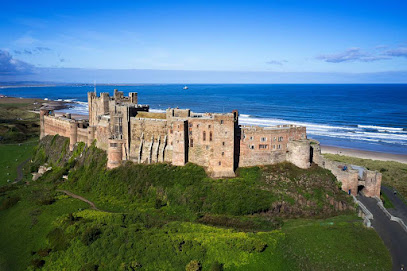
Alnwick Castle
Explore the grandeur of Alnwick Castle, a historical landmark in Northumberland, rich in history and stunning architecture, perfect for every traveler.
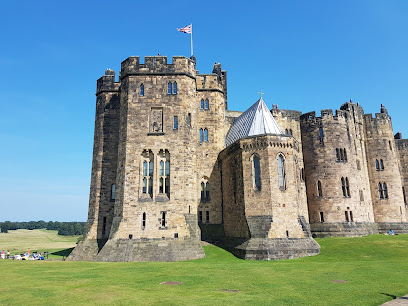
National Trust - Cragside
Explore Cragside, a historic estate in Northumberland featuring breathtaking gardens, hiking trails, and innovative Victorian architecture.
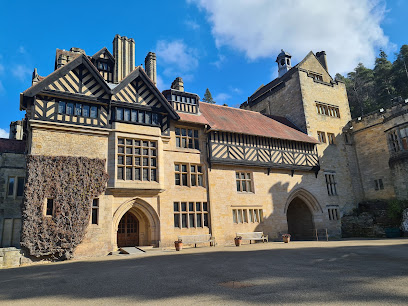
Northumberland Coast National Landscape
Explore the breathtaking Northumberland Coast National Landscape, a natural reserve with stunning cliffs, wildlife, and charming coastal villages.
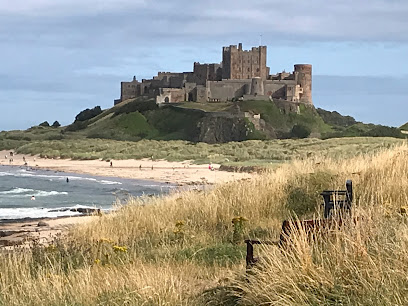
St Mary's Lighthouse
Discover the stunning St Mary's Lighthouse, a historic beacon with breathtaking views, scenic walks, and rich maritime heritage in Whitley Bay.
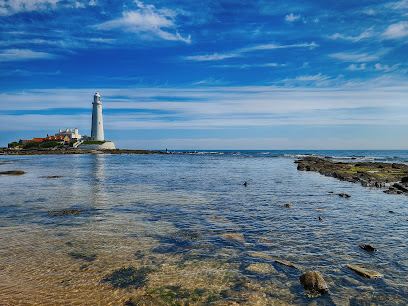
Vindolanda
Explore Vindolanda, an archaeological marvel in Northumberland, where Roman history and stunning landscapes come together for an unforgettable experience.
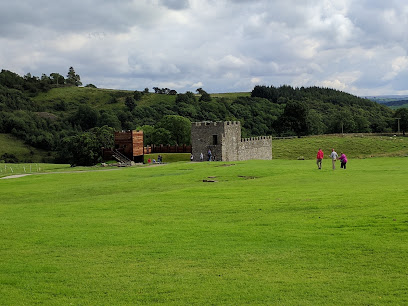
Amble Harbour Village
Discover the charm of Amble Harbour Village, a delightful market and coastal experience filled with local crafts, fresh seafood, and stunning scenery.
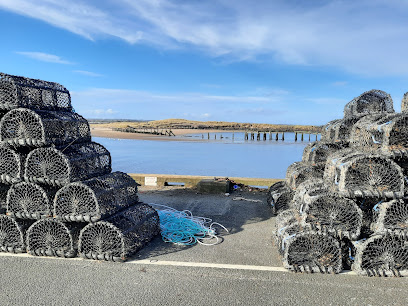
Warkworth Castle
Discover the majestic Warkworth Castle, a historical landmark in Northumberland, offering a captivating journey through England's medieval past.
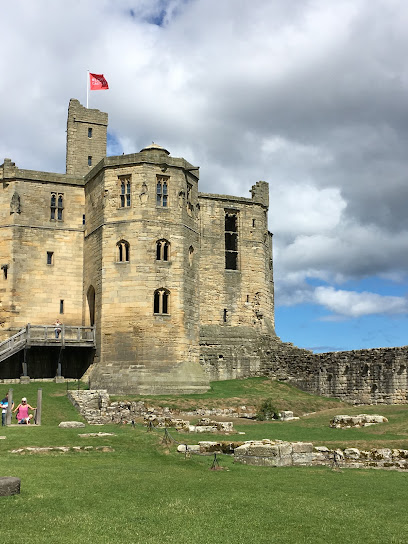
Northumberland National Park
Discover the unspoiled charm of Northumberland National Park, where nature thrives and adventure awaits in every breathtaking view.
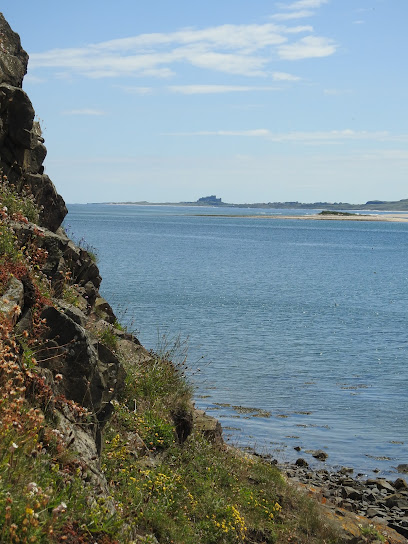
Housesteads Roman Fort - Vercovicium - English Heritage Site
Discover the historic Housesteads Roman Fort along Hadrian's Wall, a remarkable site showcasing Roman military heritage and breathtaking landscapes.

Northumberland Zoo
Experience a day of wildlife wonders at Northumberland Zoo, where conservation meets fun in the heart of Northumberland's picturesque scenery.

Lindisfarne Castle
Experience the rich history and stunning scenery of Lindisfarne Castle on Holy Island, a must-visit tourist attraction in Northumberland.
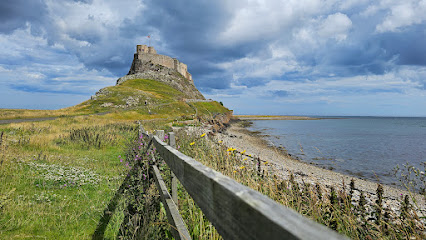
Northumberlandia
Explore Northumberlandia: a unique human-made landform set in nature, offering picturesque trails, a visitor center, and delightful café experiences in Cramlington.
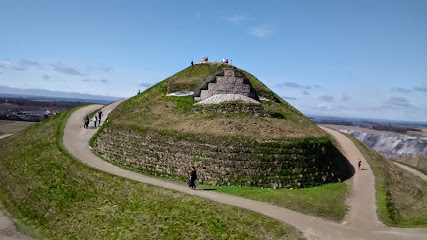
Belsay Hall, Castle and Gardens
Explore the enchanting Belsay Hall, Castle and Gardens, a historic gem in Northumberland, blending stunning architecture with breathtaking gardens.
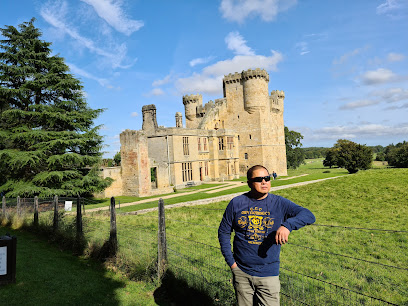
National Trust - Seaton Delaval Hall
Discover the architectural beauty and rich history of Seaton Delaval Hall, a stunning heritage site nestled in the heart of Northumberland.

Unmissable attractions to see
The Alnwick Garden
Explore The Alnwick Garden, a stunning charity garden in Northumberland, renowned for its breathtaking landscapes and unique themed areas.
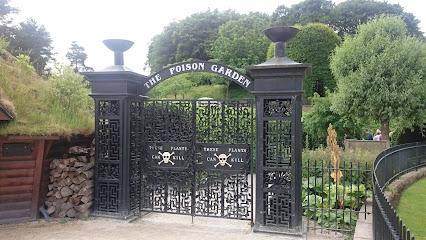
National Trust - Cragside
Explore Cragside, the pioneering Victorian mansion with breathtaking gardens and scenic hikes in Northumberland.
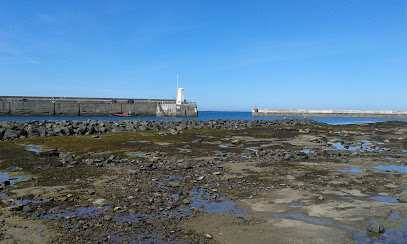
National Trust - Wallington
Explore the enchanting gardens and historical treasures of Wallington, a National Trust gem near Morpeth, perfect for nature lovers and families.
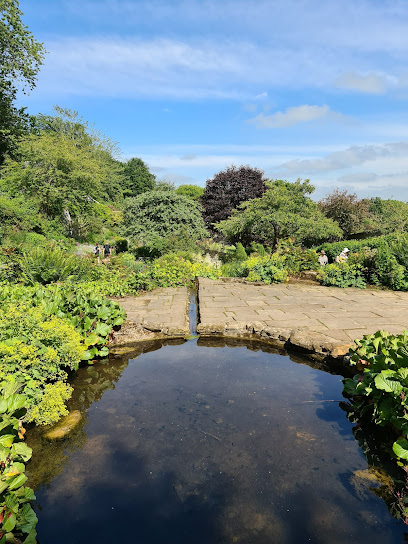
Northumberland National Park
Explore the breathtaking landscapes and rich history of Northumberland National Park, a paradise for outdoor enthusiasts and nature lovers.
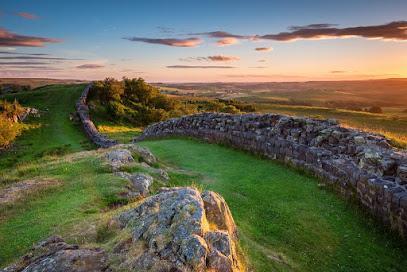
Housesteads Roman Fort - Vercovicium - English Heritage Site
Discover Housesteads Roman Fort, a historical landmark along Hadrian's Wall, showcasing the rich history of Roman Britain and stunning landscapes.
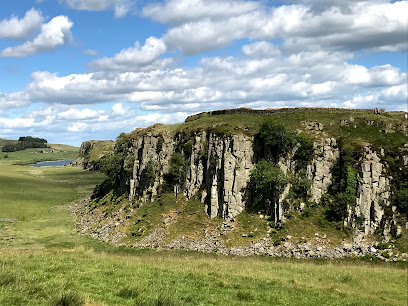
Tynemouth Priory and Castle
Explore the enchanting Tynemouth Priory and Castle, a historical gem overlooking the North Sea, where history meets breathtaking coastal views.

Lindisfarne Castle
Explore the historic Lindisfarne Castle on Holy Island, where breathtaking views meet rich heritage in Northumberland's stunning landscape.
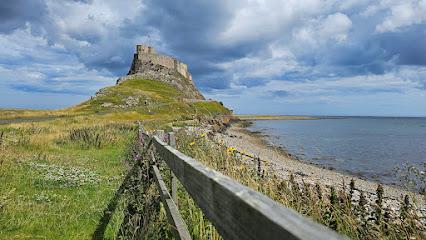
Druridge Bay Country Park
Explore the natural beauty and recreational opportunities at Druridge Bay Country Park, a true gem on the Northumberland coast.
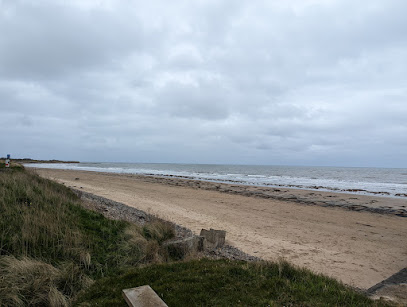
Northumberlandia
Explore Northumberlandia: A breathtaking land sculpture that merges art and nature in a captivating landscape, perfect for families and nature lovers.
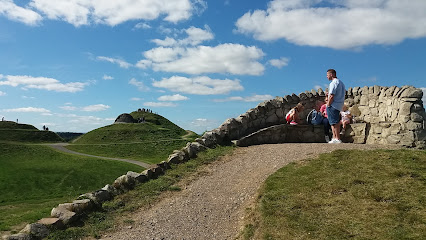
Beadnell Bay Beach
Discover the natural beauty of Beadnell Bay Beach, a serene coastal escape in Northumberland perfect for relaxation and outdoor adventures.
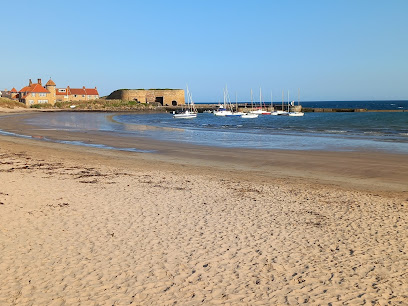
National Trust - Farne Islands
Experience the enchanting Farne Islands, a nature reserve filled with diverse wildlife, stunning views, and rich maritime history just off the coast of Seahouses.
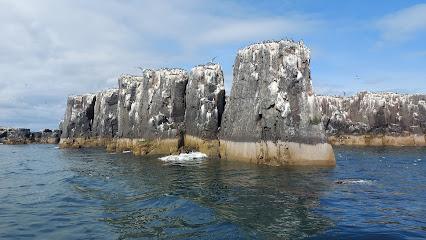
Hauxley Wildlife Discovery Centre
Explore the breathtaking Hauxley Wildlife Discovery Centre, a nature reserve rich in wildlife and stunning coastal views, perfect for families and nature lovers.
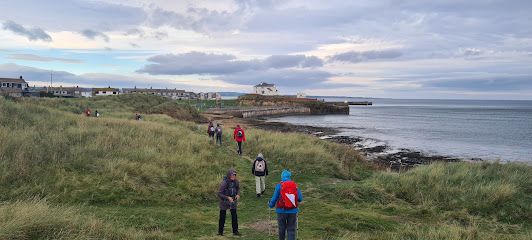
Lindisfarne National Nature Reserve
Experience the natural beauty and rich history of Lindisfarne National Nature Reserve, a stunning coastal haven for nature lovers and history enthusiasts.
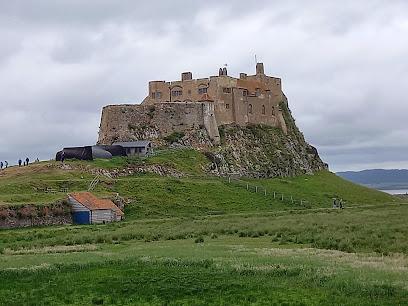
National Trust - Allen Banks and Staward Gorge
Explore the enchanting beauty of Allen Banks and Staward Gorge, a nature reserve filled with stunning landscapes and rich wildlife in Northumberland.
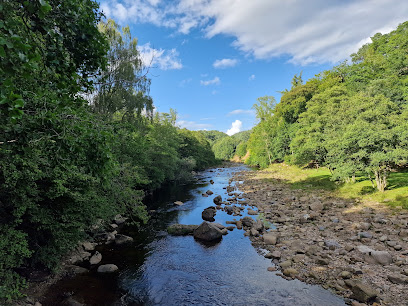
Norham Castle
Explore the historic Norham Castle, a stunning medieval fortress in Berwick-upon-Tweed, rich in heritage and picturesque scenery.
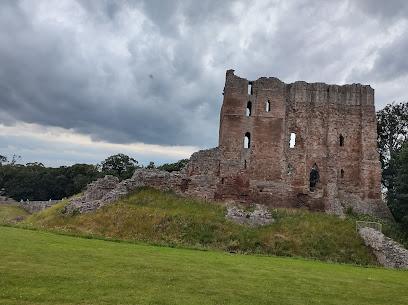
Essential places to dine
The Jolly Fisherman Inn
Experience fresh seafood delights at The Jolly Fisherman Inn in Craster, where stunning coastal views meet exceptional local cuisine.
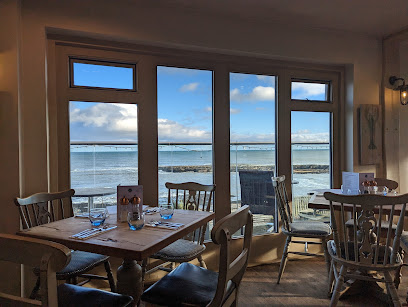
The Ship Inn
Discover The Ship Inn in Low Newton-by-the-Sea: A charming gastropub offering local cuisine and stunning coastal views.
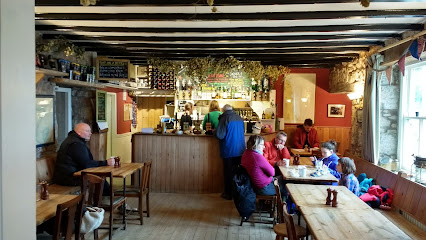
The Dirty Bottles
Discover The Dirty Bottles in Alnwick: A delightful fusion of dining, cocktails, and local culture awaits you.
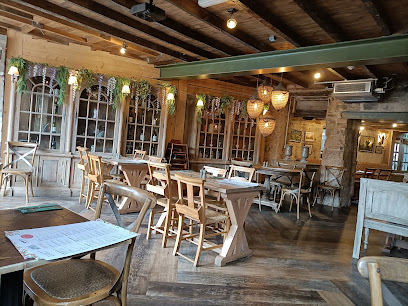
The Fish Shack
Experience fresh seafood delights at The Fish Shack in Amble—where every bite takes you closer to the ocean's treasures.

The Craster Arms
Experience coastal charm at The Craster Arms - your go-to gastropub and hotel in Beadnell offering delicious local cuisine and cozy accommodations.
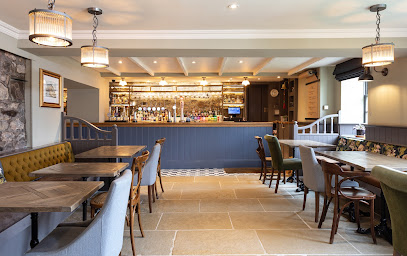
The Treehouse Restaurant
Discover culinary magic at The Treehouse Restaurant in Alnwick Garden – where modern British cuisine meets enchanting surroundings.
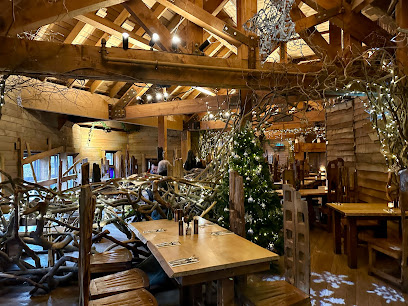
The Cook & Barker Inn
Experience traditional British cuisine at The Cook & Barker Inn in Newton-on-the-Moor – where comfort meets flavor in beautiful Northumberland.
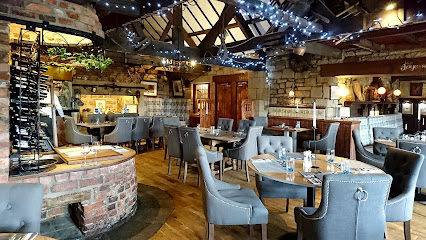
The Old Boathouse
Experience exquisite seafood dining with stunning coastal views at The Old Boathouse in Amble.
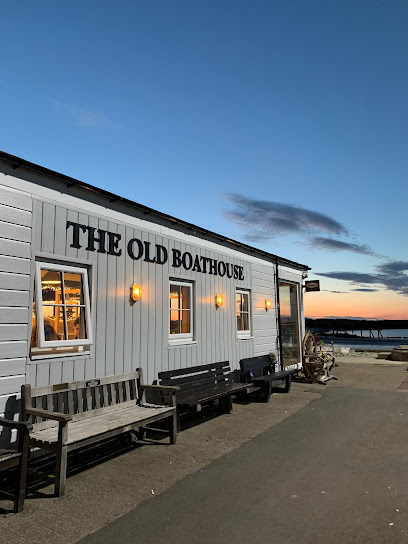
The Potted Lobster - Bamburgh
Discover exquisite seafood dining at The Potted Lobster in Bamburgh – where fresh flavors meet stunning coastal views.
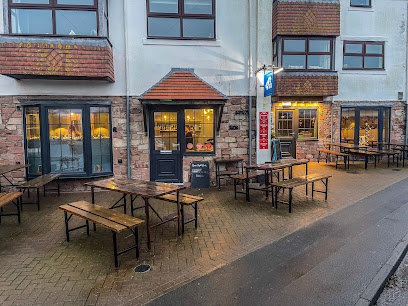
Insieme Seahouses
Experience authentic Italian flavors at Insieme Seahouses, where fresh ingredients meet stunning coastal views in a welcoming setting.
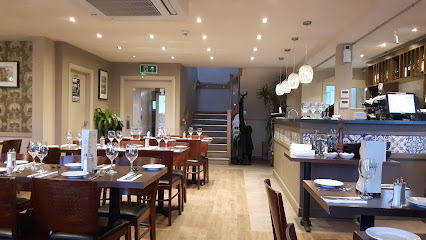
The Rat Inn
Discover The Rat Inn: A charming gastropub in Anick serving locally-sourced dishes in a warm and inviting atmosphere.
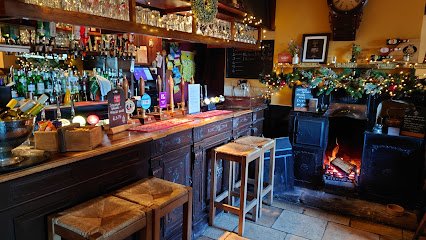
Percy Arms Hotel
Discover cozy accommodations and delightful dining at Percy Arms Hotel in picturesque Chatton - your gateway to Northumberland's stunning landscapes.
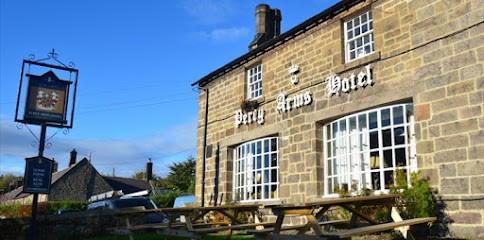
Battlesteads Hotel & Restaurant
Experience exquisite dining and cozy accommodations at Battlesteads Hotel & Restaurant in beautiful Northumberland.
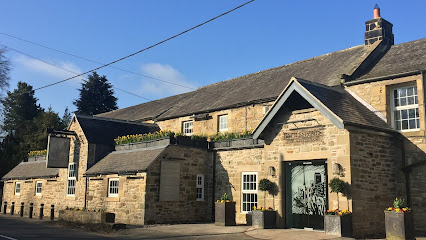
The Hope & Anchor Hotel
Experience comfort and culinary excellence at The Hope & Anchor Hotel in Alnmouth - your gateway to Northumberland's breathtaking coastline.
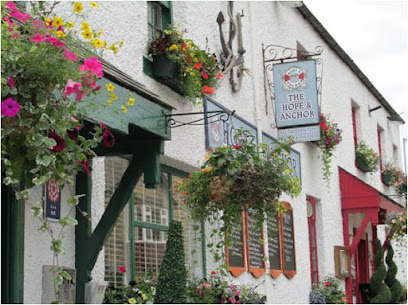
The Landing, Beadnell Bay
Experience exquisite seafood dining with breathtaking coastal views at The Landing in Beadnell Bay.
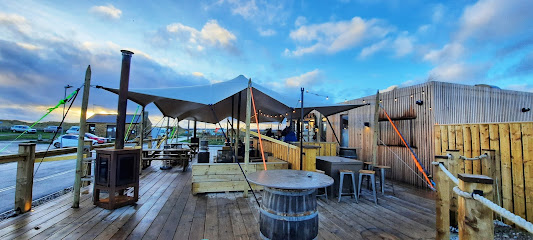
Markets, malls and hidden boutiques
Fenwick Newcastle
Discover luxury shopping and unique finds at Fenwick Newcastle, the premier department store in the heart of the city.
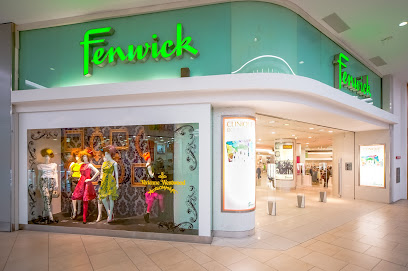
TK Maxx
Shop smart at TK Maxx in Newcastle, where designer fashion meets unbeatable prices in a vibrant shopping experience.
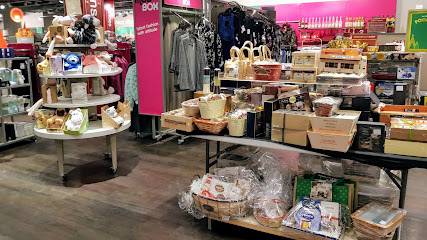
Marks and Spencer
Discover quality groceries, stylish clothing, and unique shopping experiences at Marks and Spencer in Wallsend.
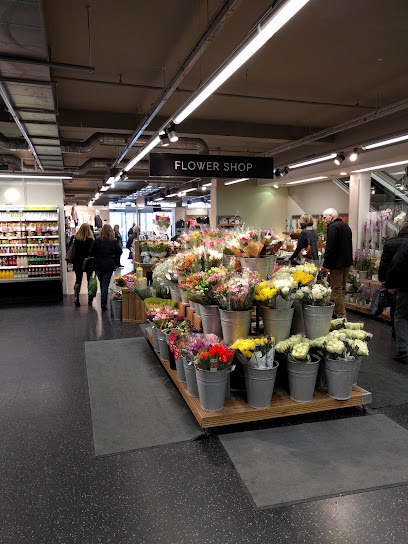
Asda Cramlington Superstore
Discover Asda Cramlington Superstore, a dynamic shopping destination offering groceries, clothing, and affordable prices in Manor Walks Shopping Centre.
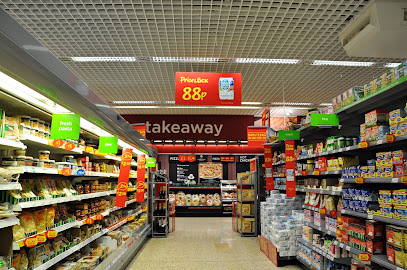
Barbour Factory Outlet
Explore the Barbour Factory Outlet in Jarrow for premium outerwear, stylish clothing, and accessories at unbeatable prices.
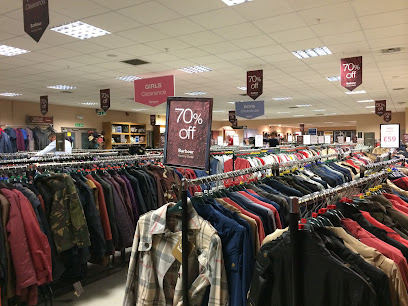
RNLI Grace Darling Museum
Discover the inspiring story of Grace Darling and the RNLI at this captivating museum in Bamburgh, celebrating maritime bravery and lifesaving history.
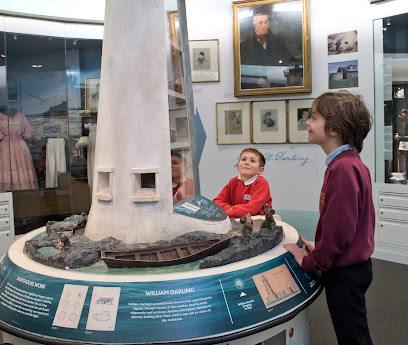
Co-op Food - Seahouses - Main Street
Discover the Co-op Food in Seahouses for all your convenience needs while exploring the beautiful Northumberland coastline.
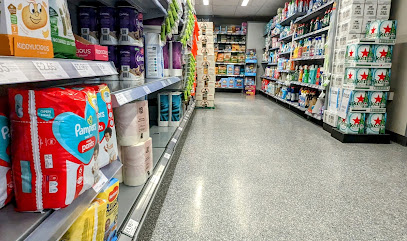
Asda Blyth Superstore
Explore Asda Blyth Superstore for all your shopping needs, from groceries to clothing, in the heart of Blyth, UK.
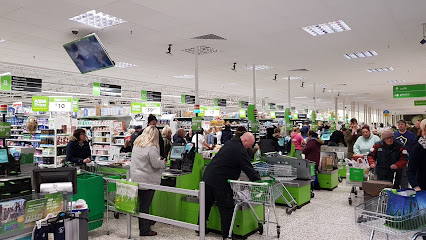
Asda Ashington Superstore
Discover the ultimate shopping experience at Asda Ashington Superstore, where convenience meets variety for every traveler’s needs.

Tesco Extra
Explore Tesco Extra in Hexham for an extensive range of groceries and essentials in a vibrant retail setting, perfect for every shopper's needs.
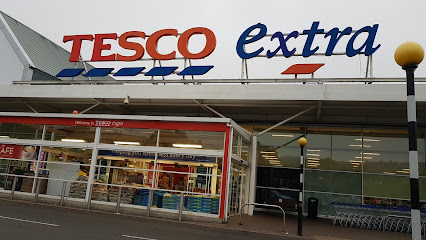
Urban Outfitters
Discover Urban Outfitters in Newcastle upon Tyne, where trendy fashion meets eclectic homewares for the modern traveler.
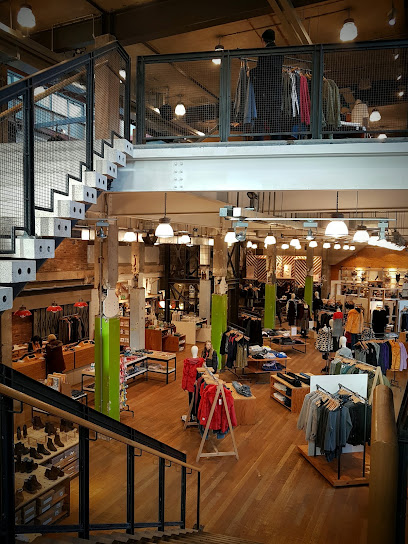
Sports Direct
Explore a vast range of affordable sportswear, bicycles, and outdoor gear at Sports Direct in Ashington, the ultimate destination for sports enthusiasts.
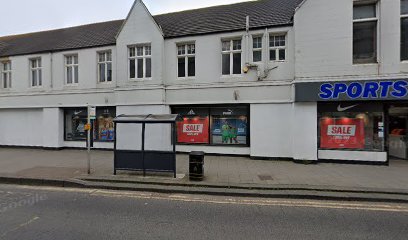
The Original Factory Shop (Co-op Prudhoe)
Explore unbeatable discounts and a wide selection of quality products at The Original Factory Shop in Prudhoe, a shopper's paradise.

Co-op Food - Seaton Sluice - Beresford Road
Discover the convenience of Co-op Food in Seaton Sluice, offering a variety of groceries and local products for your coastal adventures.
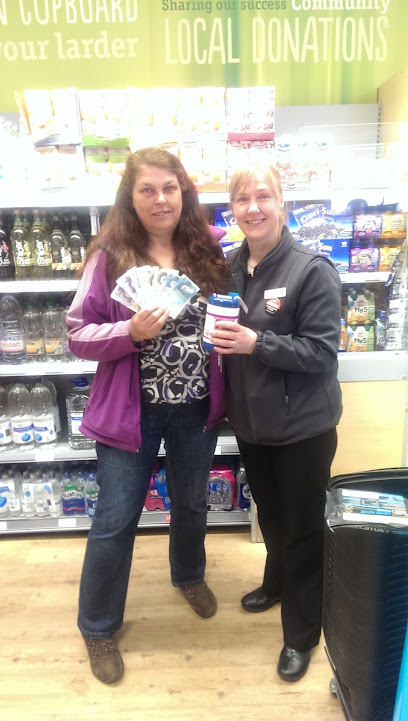
Co-op Food - Newbiggin Central - Front Street
Discover local flavors and essentials at Co-op Food - Newbiggin Central, your convenient shopping destination in Newbiggin-by-the-Sea.
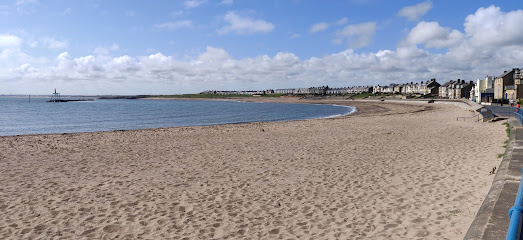
Essential bars & hidden hideouts
The Twice Brewed Inn
Experience the charm of The Twice Brewed Inn, a welcoming pub in Northumberland near Hadrian's Wall, offering local ales and hearty meals.
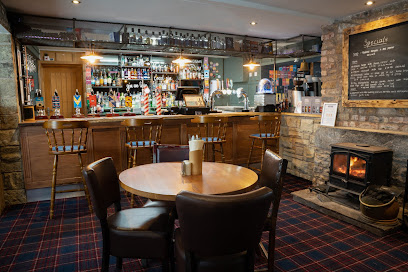
The Ship Inn
Experience exquisite dining at The Ship Inn, a charming gastropub on the beautiful Northumberland coast, offering delicious local cuisine and scenic views.
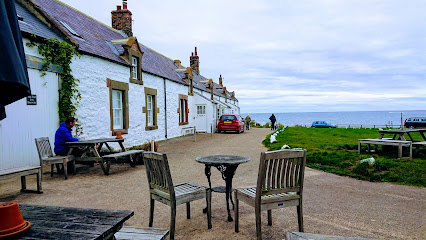
The Dirty Bottles
Discover the charm of The Dirty Bottles, a unique restaurant in Alnwick combining delicious food, creative cocktails, and a cozy pub atmosphere.
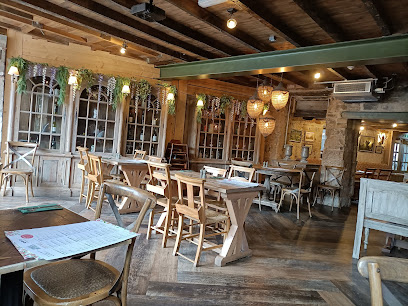
The Wallaw
Experience the charm of Blyth at The Wallaw, a cozy pub and restaurant offering delicious food and local drinks in a welcoming atmosphere.
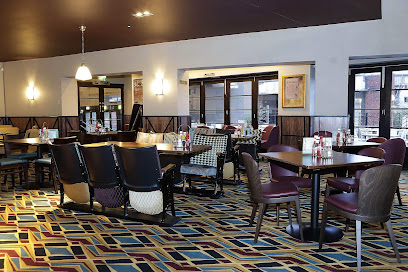
The Ridley Arms
Experience warmth, local flavors, and vibrant atmosphere at The Ridley Arms, a charming pub and restaurant in Stannington, Northumberland.
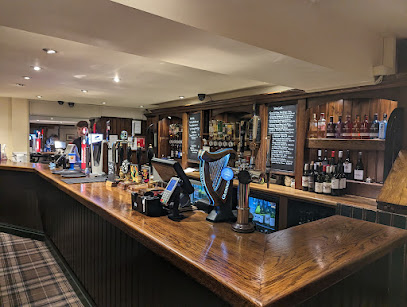
The Northumberland Arms
Experience Northumberland's charm at The Northumberland Arms, your ideal pub, restaurant, and hotel in Felton, offering local ales and delicious cuisine.
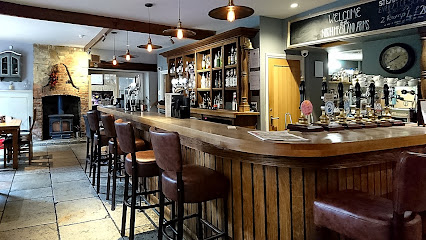
The Red Lion - JD Wetherspoon
Discover the warmth of The Red Lion, a quintessential pub in Bedlington, serving hearty meals and local brews in a cozy atmosphere.
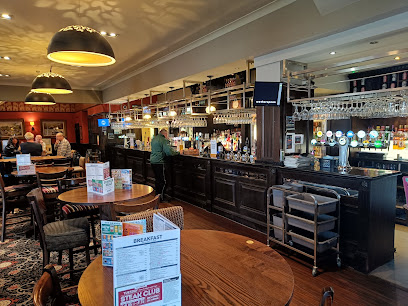
Black Swan Alnwick
Immerse yourself in the historic charm of Black Swan Alnwick, a cozy pub and bed & breakfast in the heart of Northumberland.
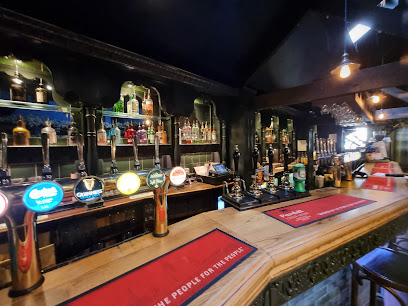
The Black Bull Morpeth
Discover the heart of Morpeth at The Black Bull, a lively pub offering a vast selection of drinks and a welcoming atmosphere for all.
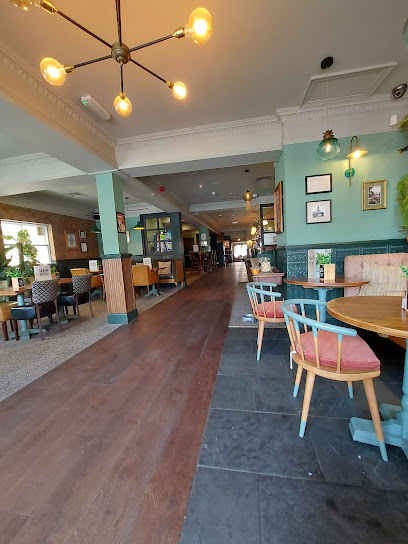
The Three Wheat Heads Inn
Experience cozy hospitality at The Three Wheat Heads Inn, a charming restaurant and bed & breakfast in the heart of Thropton, Northumberland.
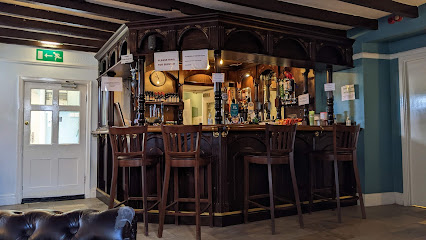
The Red Lion Inn
Experience the charm of The Red Lion Inn, a cozy pub and bed & breakfast just steps from Alnmouth beach, offering local ales and a warm welcome.
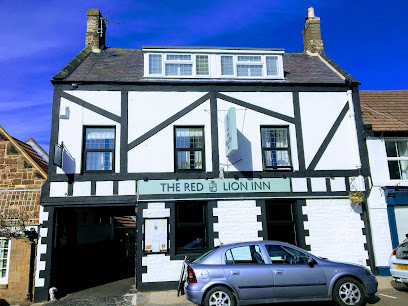
The Sun Inn
Experience a blend of comfort, local charm, and delicious cuisine at The Sun Inn, your cozy retreat in the heart of Alnmouth.

Blenkinsopp Castle Inn - Bistro, Bar, Bed & Breakfast, Gardens
Discover the enchanting Blenkinsopp Castle Inn - a perfect blend of history, comfort, and local cuisine in Brampton.
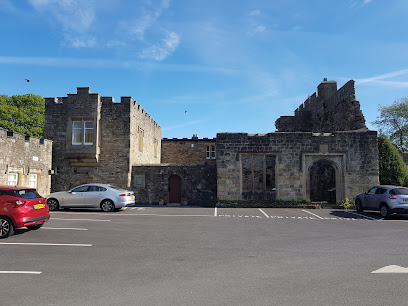
The Blue Bell
Discover The Blue Bell Pub in Corbridge: a warm, inviting spot for authentic British cuisine and local ales in a charming village setting.
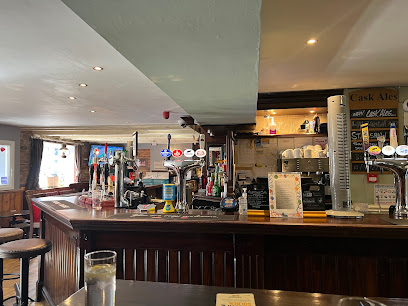
The Red Lion
Discover the charm of The Red Lion in Newbrough, where traditional pub culture meets exceptional food and comfortable accommodations.
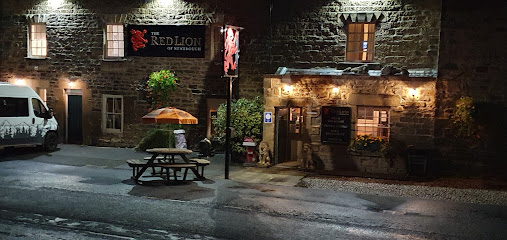
Local Phrases about Northumberland Coast
-
- HelloHaway
[ha-wei] - GoodbyeTara
[ta-ra] - YesAye
[ai] - NoNee
[nee] - Please/You're welcomePlease/Divvent fret
[pleez/dee-vent fret] - Thank youCheers
[cheers] - Excuse me/SorryPardon/Wi'aye
[par-dn/we-ai] - How are you?Howay man?
[ha-wei man?] - Fine. And you?Aalreet. And yersel?
[aal-reet. and yer-sel?] - Do you speak English?Divvent ye talk English?
[dee-vent ye talk ing-glish?] - I don't understandA divvent ken
[a dee-vent ken]
- HelloHaway
-
- I'd like to see the menu, pleaseA'd like te see the meny, pet
[a'd like te see the men-y, pet] - I don't eat meatA divvent eat flesh
[a dee-vent eat flesh] - Cheers!Cheers!
[cheers!] - I would like to pay, pleaseA'd like te pay, man
[a'd like te pay, man]
- I'd like to see the menu, pleaseA'd like te see the meny, pet
-
- Help!Help!
[help!] - Go away!Gan away!
[gan away!] - Call the Police!Ring the Polis!
[ring the polis!] - Call a doctor!Ring a doctah!
[ring a doc-tah!] - I'm lostA'm lost
[a'm lost] - I'm illA'm poorly
[a'm po-or-ly]
- Help!Help!
-
- I'd like to buy...A'd like te gan shoppin...
[a'd like te gan shop-pin...] - I'm just lookingA'm just hevin a keek
[a'm just hev-in a keek] - How much is it?Hoo much is it?
[hoo much is it?] - That's too expensiveThon's canny dear
[thon's can-nee dear] - Can you lower the price?Can ye deek the price?
[can ye deek the price?]
- I'd like to buy...A'd like te gan shoppin...
-
- What time is it?Hooay time is it?
[hoo-ay time is it?] - It's one o'clockIt's yen o'clock
[it's yen o'clock] - Half past (10)Half past ten
[half past ten] - MorningMornin
[mor-nin] - AfternoonEftahnoon
[ef-tah-noon] - EveningEvein
[eve-in] - YesterdayYesterdee
[yes-ter-dee] - TodayThe day
[the day] - TomorrowMorn
[morn] - 1Yen
[yen] - 2Twa
[twa] - 3Thre
[thre] - 4Fower
[fow-er] - 5Fife
[fife] - 6Sikks
[siks] - 7Sevven
[sev-ven] - 8Eeet
[eet] - 9Nyne
[nyne] - 10Tin
[tin]
- What time is it?Hooay time is it?
-
- Where's a/the...?Wheor's a/the...?
[wheor's a/the...?] - What's the address?Hooay's the addres?
[hoo-ay's the ad-dres?] - Can you show me (on the map)?Can ye show is (on the map)?
[can ye show is (on the map)?] - When's the next (bus)?Hooay's the next (bus)?
[hoo-ay's the next (bus)?] - A ticket (to ....)A ticket (te ....)
[a ticket (te ....)]
- Where's a/the...?Wheor's a/the...?
History of Northumberland Coast
-
During the 9th century, the Northumberland Coast was frequently raided by Viking invaders. The coastal monasteries, such as those on Holy Island (Lindisfarne), were particularly vulnerable to these attacks. The first recorded Viking raid in England occurred at Lindisfarne in 793 AD, marking the beginning of the Viking Age in Britain.
-
The Lindisfarne Gospels, an illuminated manuscript of the Gospels of Matthew, Mark, Luke, and John, were created on Holy Island around 715-720 AD. This masterpiece of medieval art and calligraphy was produced in the context of the island’s monastic community, which was an important center of learning and culture in early medieval Northumbria.
-
The Battle of Flodden, fought on September 9, 1513, near Branxton in Northumberland, was one of the bloodiest battles in British history. The conflict was between the Kingdom of England and the Kingdom of Scotland, ending in a decisive English victory. The death of Scottish King James IV and many of his nobles marked a significant turning point in Anglo-Scottish relations.
-
Bamburgh Castle, perched on a volcanic outcrop overlooking the North Sea, has a history dating back to the 6th century when it was the royal capital of the kingdom of Northumbria. The current structure, largely rebuilt in the 19th century, stands as a testament to the strategic and political importance of the site through various historical periods.
-
Dunstanburgh Castle, built in the early 14th century by Thomas, Earl of Lancaster, was intended as a stronghold against King Edward II. The castle played a role during the Wars of the Roses in the 15th century but fell into ruin after this period. Its dramatic coastal setting inspired many artists, including J.M.W. Turner.
-
The village of Seahouses has a long history tied to the fishing industry. In the 19th century, the development of the fishing port and the herring industry brought economic growth to the area. Today, Seahouses serves as a gateway for tourists visiting the nearby Farne Islands, known for their abundant wildlife.
-
The Farne Islands are famous for their association with St. Cuthbert, a 7th-century monk and hermit who lived on the islands. St. Cuthbert is credited with establishing the first bird protection laws in the world, prohibiting the killing of birds during the nesting season. The islands are now a protected nature reserve, home to puffins and seals.
-
Alnwick Castle, one of the largest inhabited castles in England, has been the seat of the Duke of Northumberland for over 700 years. The castle gained modern fame as a filming location for the Harry Potter series, serving as Hogwarts School of Witchcraft and Wizardry. Its rich history includes roles in various conflicts and as a symbol of noble power.
Northumberland Coast Essentials
-
The Northumberland Coast is located in the northeast of England. The nearest major airport is Newcastle International Airport, approximately 40 miles away. From Newcastle, you can take a train to Alnmouth, which is a convenient base for exploring the coast. Alternatively, you can drive along the A1 road, which runs parallel to the coastline, providing easy access to various towns and attractions.
-
Public transportation along the Northumberland Coast includes trains, buses, and taxis. The East Coast Main Line serves Alnmouth, and from there you can take local buses to coastal towns like Seahouses, Bamburgh, and Berwick-upon-Tweed. Renting a car offers greater flexibility, especially for visiting remote beaches and historic sites. Cycling is also popular, with numerous scenic routes along the coast.
-
The official currency is the British Pound Sterling (£). Credit and debit cards are widely accepted, but it's advisable to carry some cash for smaller shops and rural areas. ATMs are available in most towns along the coast. Contactless payments are commonly used, and mobile payment options like Apple Pay and Google Wallet are increasingly popular.
-
The Northumberland Coast is generally very safe for tourists. However, as with any destination, it is wise to take basic precautions. Keep your belongings secure and be cautious in crowded areas. There are no specific high-crime areas targeting tourists, but it's always best to stay vigilant, especially in larger towns like Berwick-upon-Tweed and Alnwick.
-
In case of emergency, dial 999 for police, fire, or medical assistance. The nearest major hospital is in Alnwick, but smaller medical facilities and pharmacies are available in most towns. It is advisable to have travel insurance that covers medical emergencies. Local coastguards are available for emergencies at sea.
-
Fashion: Do wear comfortable and weather-appropriate clothing. The weather can be unpredictable, so layers are advisable. Don't wear overly revealing clothing in small villages. Religion: Do respect local customs when visiting churches. Public Transport: Do be polite and offer seats to the elderly. Don’t be loud or disruptive. Greetings: Do greet locals with a smile or a 'hello'. Don't be overly familiar. Eating & Drinking: Do try local seafood and delicacies. Don't leave a tip in pubs; it is not customary.
-
To experience the Northumberland Coast like a local, visit the local pubs and seafood restaurants in towns like Seahouses and Craster. Take a walk along the coastal paths for stunning views and hidden beaches. Engage with locals; they are often friendly and willing to share stories about the area's rich history. Visit markets for fresh produce and artisanal goods. Don't miss iconic sites like Bamburgh Castle, Lindisfarne (Holy Island), and the Farne Islands for birdwatching and seals.
Trending Landmarks in Northumberland Coast
-
Bamburgh Castle
-
Alnwick Castle
-
National Trust - Cragside
-
Northumberland Coast National Landscape
-
St Mary's Lighthouse
-
Vindolanda
-
Amble Harbour Village
-
Warkworth Castle
-
Northumberland National Park
-
Housesteads Roman Fort - Vercovicium - English Heritage Site
-
Northumberland Zoo
-
Lindisfarne Castle
-
Northumberlandia
-
Belsay Hall, Castle and Gardens
-
National Trust - Seaton Delaval Hall
Nearby Cities to Northumberland Coast
-
Things To Do in Durham
-
Things To Do in Edinburgh
-
Things To Do in Dundee
-
Things To Do in Stirling
-
Things To Do in Glasgow
-
Things To Do in York
-
Things To Do in Aberdeen
-
Things To Do in Leeds
-
Things To Do in Ramsey
-
Things To Do in Laxey
-
Things To Do in Manchester
-
Things To Do in Kirk Michael
-
Things To Do in Onchan
-
Things To Do in Douglas
-
Things To Do in Sheffield


